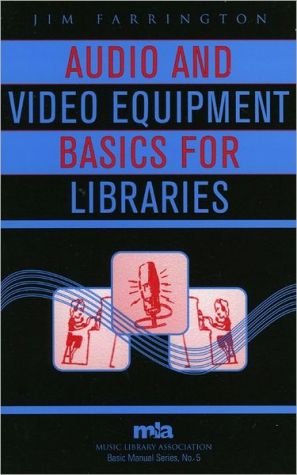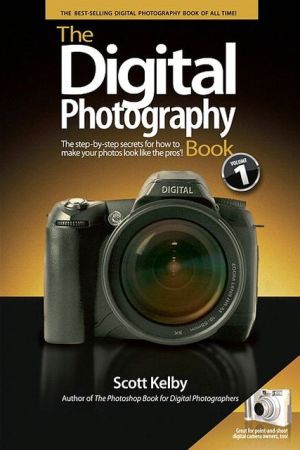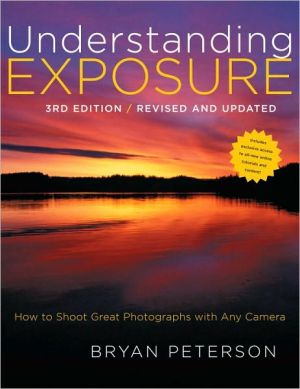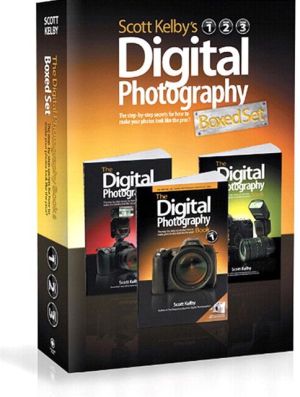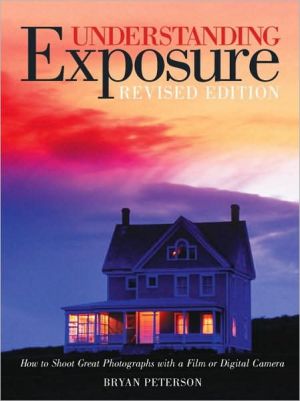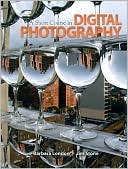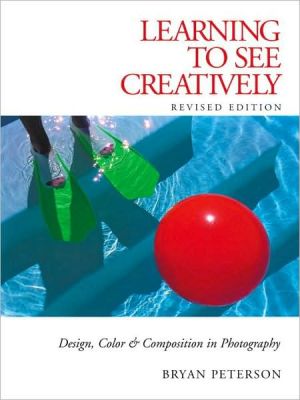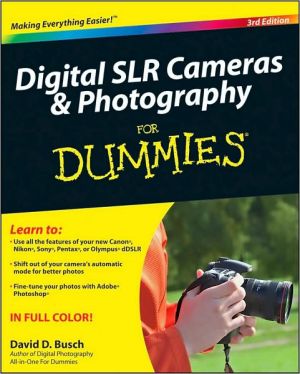Audio and Video Equipment Basics for Libraries
Sound recordings have existed since the last quarter of the 19th century, and libraries have collected them since the early 20th century. Where recordings—both audio and video—differ most notably from books is that they all need some kind of playback device: some intermediary piece or pieces of equipment between the user and the object. The world of audio and video gear is frequently foreign to many librarians, and what libraries need in terms of equipment is often different from the needs of...
Search in google:
Sound recordings have existed since the last quarter of the nineteenth century, and libraries have collected them since the early twentieth century. Audio and video recordings, unlike books, require a playback device-an intermediary piece of equipment connecting the user and the object. The world of audio and video gear is frequently foreign to many librarians, and what libraries need in terms of equipment is often different than the needs of both the individual audiophile and the professional sound archivist. Today's changing audio landscape-including audio/video streaming via the Internet and the emergence of the iPod culture-has called into question the need for valuable library space to be occupied by listening and viewing carrels. Audio and Video Equipment Basics for Libraries presents all of the information that librarians need to make intelligent decisions about providing listening and viewing facilities in libraries. Everything from what to look for when buying new equipment, to how it works, to what to think about when designing a new listening facility or retrofitting an existing space is considered.
1The listening environment12Source components133Video474Electronics635Sound producers816Miscellaneous95
\ American LibrariesAuthor Jim Farrington explains everything librarians need to know about providing listening and viewing facilities in libraries. He covers tips on how to buy new equipment, and how to design a new listening facility or retrofit an existing space.\ \ \ \ \ ChoiceRecommended.\ \
